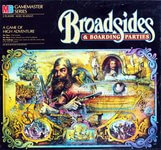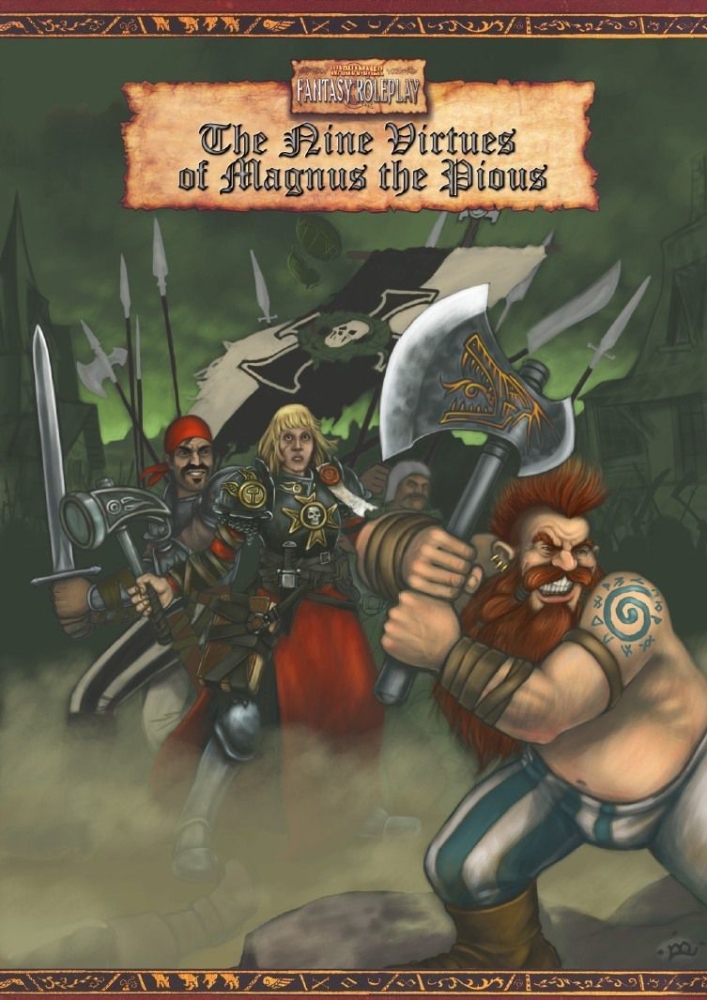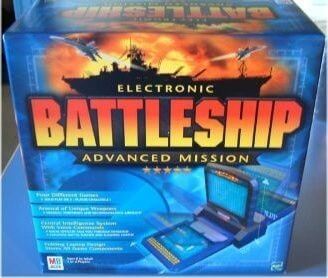
Broadsides and Boarding Parties
Broadsides and Boarding Parties is an exciting strategy game that recreates naval battles in the age of sail. In it, players take command of detailed ships and face off in a tactical duel where cunning is as important as brute force. The game is divided into two main parts. In the first, players use a deck of cards to maneuver their ships into position for a devastating attack, while trying to avoid enemy fire. The aim is to fire cannons at the opponent, causing as much damage as possible without exposing your own ship to attack. The second part comes into play when the ships collide. At this point, the battle intensifies and players disembark their pirate miniatures, ready to board the enemy ship. Here, strategy becomes crucial, as each player can only move a limited number of pieces per turn, requiring planning and joining forces to capture the rival captain. The game's components are impressive and very well designed. Each player receives a detailed plastic ship, complete with removable masts, as well as a crew of miniature pirates and cannons. The board, with its vibrant colors and period style, transports players to the heart of naval battles, providing an immersive experience full of excitement.Artists: ;
Designers: Larry Harris, Jr.;
Date: 1982
Note: -
Mechanics: Hand Management, Point-to-point movement, Programmed Movement, Data Scrolling
Table of Contents
- How to Play
- Tips for playing
- Game mechanics
- Game components
- Additional Information
OBJECTIVE OF THE GAME
Tips for playing
Here are some tips for doing better in the game Broadsides and Boarding Parties:
- Know your ship's movements well to maximize your positional advantage during firefights.
- Use tactical approaches to surprise your opponent; choose strategic moments to approach.
- Manage your crew well, focusing on the balance between attack and defense.
- Adapt your tactics according to your opponent's style of play.
- Pay attention to the direction of the wind, as it can affect the movement of the ship.
- Plan your actions in advance, but be prepared to adjust as necessary.
Video about the game
GAME mechanics
- Programmed Movement - Players plan their movement actions in advance, selecting and revealing their moves simultaneously. This introduces a strategic element of anticipation by predicting and reacting to the opponent's intentions.
- Hand Management - Each player has a specific set of cards that can be used to carry out tactical actions during the game. Deciding when and how to use each card is crucial to maintaining a strategic advantage over your opponent.
- Point-to-Point Movement - The ships move between predefined points on the board, simulating navigation on the high seas. Players must plan efficient routes, taking into account the attack range and relative position to enemy ships.
- Data Scrolling - Used to resolve combats and check the success of certain actions. Luck plays a role, but the probability of success can be managed through the players' preparation and strategic choices.
Game components
See all the items in the game below Broadsides and Boarding Parties:
- Game Board
- Ship parts
- Action Cards
- Data
- Punctuation markers
- Character Figures
- Resource Tokens
- Game Instructions
Additional Information
- Ludopedia link: https://ludopedia.com.br/jogo/broadsides-and-boarding-parties
- Link Tabletopia:
- Amazon Brazil link: Comprar Broadsides and Boarding Parties
- Amazon USA link: Comprar Broadsides and Boarding Parties


